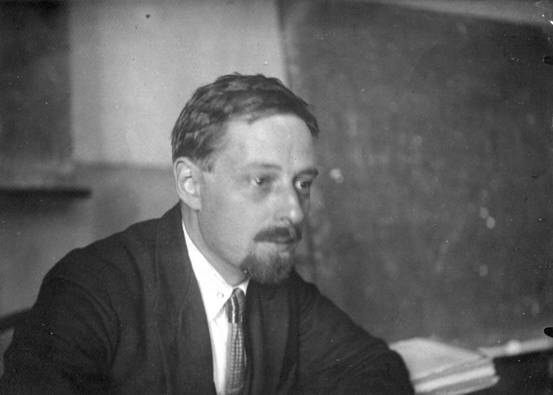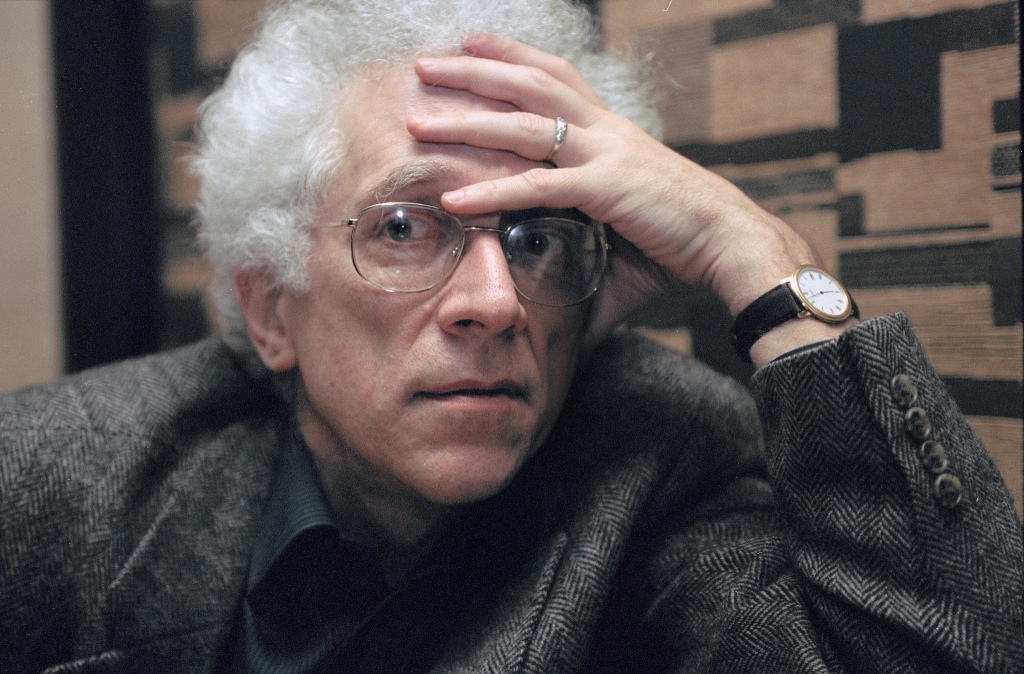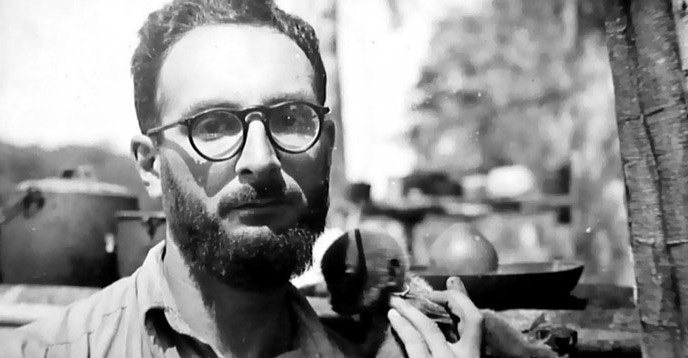Narrative is made up of 3 components. Story, plot and narrative. Story is what the audience internalises in their minds. It is everything that occurs in the film from start to end, including events that the audience infer. The plot is what happens in the film, what is shown, allowing the audience to construct the story in their heads. It can begin anywhere in the chain of events, and can lead backwards or forwards. Narrative is how perspective is shown, i.e how the information is conveyed by the film to the audience. The flow of information from a positioned viewpoint.
In Pulp Fiction (Quentin Tarantino, 1994) Tarantino uses the narrative to change the audiences understanding of events happening through changing perspectives. The characters, settings, story and key events are already familiar to the audience, as they are traditional, established crime thriller tropes/cliches. So, Tarantino constructs the narrative in an unfamiliar way, and therein lies the audiences enjoyment. Also, the fragmentation of the plot creates a sense of anticipation, because the audience knows what to expect, but don’t know when it will happen.
Tarantino also subverts the traditional 3 act structure which is a storytelling model dividing a story into 3 acts, the set up, confrontation, and resolution, in that order. In Pulp Fiction, each story, such as Vincent and Jewels’ arc, can be taken individually and told in a 3 act structure. E.g they travel to the apartment in act 1, the inciting incident, in act 2, the confrontation, they are attacked by one of the men and take a hostage, act 3 , the climax, they clean up a dead body and are confronted in the diner by the robbers. However, the film as a whole does not follow this structure, as it’s plot is so split up.
Tarantino also subverts audience expectations by following the 3 most common types of narrative simultaneously. The film follows a linear narrative (events play out in order from start to end) as each story plays out in a linear fashion by itself. It is circular (the narrative starts at the end and returns back to that point at the end of the film by going back in time) by showing the diner robbery at the start and end of the film. It is also episodic (the narrative has clearly separated sections, often broken up by a title, date, or usage of a narrator) as it uses inter titles to bring the film into new sections, such as “the Gold watch” or “the Bonnie situation”.
The film uses Prolepsis (edit to a later point in time) and analepsis (edit to an earlier point in time), and elipsis, which is where part of the story is emitted and later on learned of by the audience. Pulp Fiction deliberately hides things from the audience for them to learn later on, such as the diner robbers being in the same diner as Vincent and Jewels, or Vincent and Jewels entering the restaurant to see Wallace while Butch is there.
Tarantino also combines the 3 types of narrative viewpoint. It uses restricted (the audience only know as much as the protagonist, or character the film is following) such as when Vincent and Jewels are unaware of the man in the bathroom apartment, and at the time we, too, are unaware. We also see things from an unrestricted viewpoint (the audience sees aspects of the narrative the character it follows does not), like when Mia overdoses on heroin, thinking its cocaine, when we, the audience, know that it is heroin and cannot be sniffed as she does so. Tarantino mixes and switches between these as he sees fit.
He also uses different narrative devices in Pulp Fiction, such as title cards (the definition of pulp fiction at the start of the film establishing the well-known cliches of the film), intertitle cards, chattering that splits the film into 3 distinct chapters bookended by the diner robbery. Tarantino also utilises audience positioning in an interesting way. Vincent and Jewels are hired hitmen, Wallace is a murdering crime boss, Butch is a man who is willing to kill, lie and cheat for personal gain, Fabienne makes no moral judgement over it, Jimmy is happy to let gangsters into his house and dismember a body. All of the characters in the film are repugnant characters, and yet in the film we like them to various degrees.
So we are definitely positioned to enjoy being in the company in Vincent and Jewels who are charismatic, humorous or stylish. Lance is a scummy drug dealer, but is funny to listen to. We are being manipulated and positioned to sympathise with characters we wouldn’t normally. We are positioned to view the two men in the basement scene as horrible, but they are not much worse than the other characters, except in the context of the film they are the villains. The audience sympathies might shift throughout different points in the film, as in the beginning we follow the diner robbers, but later on they are from central characters to perifiral ones and we now care about Jewel’s reaction to the situation. We follow Vincent and Jewels, then Vincent and Mia, and the film shifts focus onto Mia, so the audience positioning is fluent and shifting.
There are academics who have invented narrative theories. Vladimir Propp studied Russian folklore and realised 7 character types throughout hundreds of stories. The hero, the villain, the princess, the donor, the dispatcher, the helper, the false hero. They are very vain characters. They will conform to these character types vein if those types are not present. In pulp fiction these traditional character types are not conformed into the script, as no character is one particular type, no villain, no single hero, etc. The second was that any story has up to 31 narrative functions. There are 31 things that can happen in a story. Any story will have some of them, but they will be in order. Pulp fiction is not in order, as the throes only works in linear stories/narratives. His theories are accepted as true, but Tarantino has created an interesting narrative as it doesn’t follow these audience expectations in terms of character types or narrative structure.

The second narrative theories is tzvetan todorov. Equilibrium theory. He said that any story has 5 stages. Those are equilibrium, disruption of equilibrium, recognition of disruption, resolution, new equilibrium. Tarantino does not give the audience this, what they expect.

Roland Barthes invented the narrative codes theory. All stories have two narrative codes, which he identified as action and enigma codes. All stories have things that make audiences want to continue. Action codes are when a thing happens physically that you want to see what happens next, such as the shootout scene. Enigma codes are something that is intriguing that makes you want to know more. Such as the golden suitcase. Tarantino provides the codes, but does not necessarily give you what you want despite you seeing it. We never see what’s in the case. You are not given the satisfaction of the explanation. After Butch driving off, we don’t see what happens next to him.

Claude Levi-Strauss invented binary opposition. Audience engagement is driven by tension between binary opposites. In any story there are tensions between opposites. The interplay drive the narrative and audience interest. It works for pulp fiction. There are binary oppositions, and that’s what creates interest.

You must be logged in to post a comment.